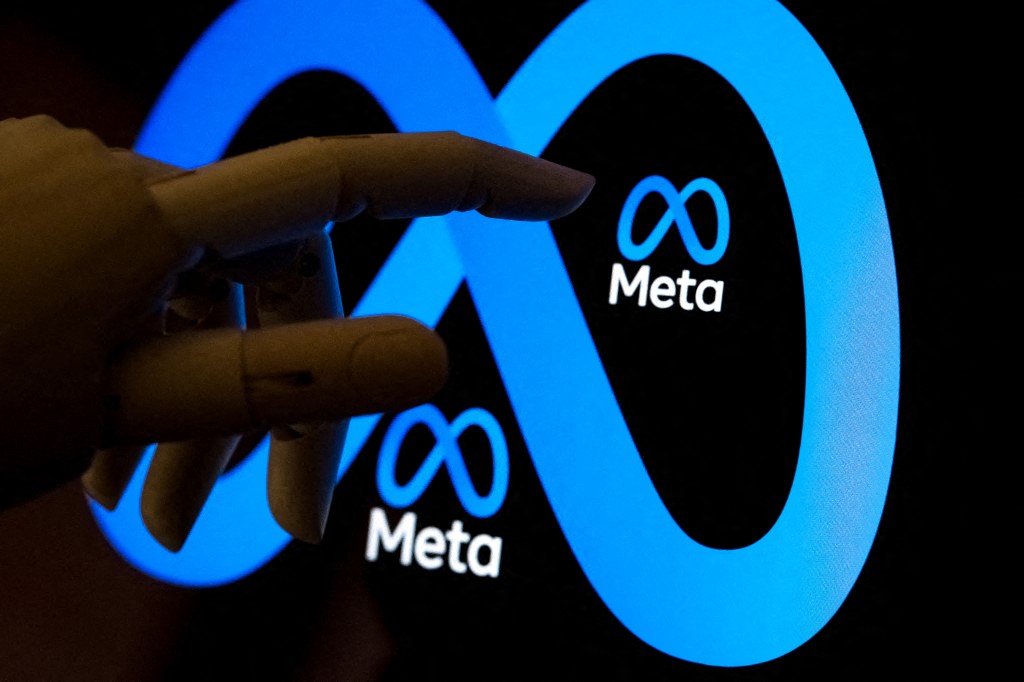What does a truly omnichannel programmatic advertising solution look like and how does it work?
I think the first question that needs to be asked is: what’s driving the marketing strategy? Consumers today are demanding, their expectations are extremely high. Brands need to find ways to capture attention and earn loyalty across a variety of different channels, appearing where it matters most and forging a connection from there. Omnichannel is a no-brainer to achieve this, but it’s also a process that’s time-consuming and expensive unless, of course, you automate it. Enter programmatic advertising.
For users, it’s all about choice and availability of access. Brands that use programmatic already have the advantage of being able to serve content in various formats and on different devices based on consumer preference. Machine learning algorithms are becoming increasingly sophisticated which, when you consider how beneficial this is from an omnichannel perspective, allows for even further optimization, tweaking creative and marketing placement and adapting to consumer needs in real time. The result is more accurate data (allowing for better personalization and performance) and better outcomes (no wasted dollars through ineffective campaigns).
What are the benefits of such a solution for advertisers?
It’s simple, more cost-effective, and highly efficient. Programmatic blends the best of human insights with the latest in machine learning technology and AI to help advertisers segment and target with exceptional precision. Leveraging this across an omnichannel marketing strategy allows for real-time optimization, improving the customer experience and increasing the chance of conversion. Remember, consumer attention spans are short and first impressions count – automation is the smart (and, increasingly, only) solution for brands to keep apace with changing trends and emerging channels.
What are the challenges and traps to pay attention to?
The programmatic ecosystem can be complex and difficult to navigate at times when you don’t deal with it every day. I get that and helping to educate the region on the benefits of this within the marketing mix is definitely a challenge. It’s further complicated by the consumer purchase journey no longer being linear; consumers convert via different channels, such as video, native, OTT/CTV, social, mobile, and display. The headache is then trying to figure out which channels are most effective per demographic and where to allocate budget, which then leads to working with multiple vendors with little to no cohesion in terms of strategy. To me, that’s the biggest ‘trap’ brands need to avoid. Instead, it makes sense to invest in one omnichannel programmatic solution that allows for multiple campaign roll-outs on a variety of different channels. Having things in one place allows for a more seamless execution in my view.
What are the pros and cons of working with one solution provider rather than several?
Pros: You’re able to work with just one platform and have a broad overview of what’s performing best across multiple channels at any given time, which then allows for quick optimization and reallocation of marketing dollars in response to the data.
Cons: Everything is in one place, so if things aren’t set up and managed correctly, then the knock-on effect could be a disaster. That’s why it’s so important to work with the right partners.
How often do advertisers in the region think programmatically when they look for an omnichannel approach?
It still doesn’t come up enough, which is a pity because programmatic advertising helps omnichannel marketing yield results. There’s still a barrier to entry for some based on a lack of understanding of how it all works, and as a result, means it isn’t always considered for a place in the omnichannel marketing mix. However, things are changing as perceptions shift and brands begin to see the value behind programmatic deployment from a creative, automation, and bottom-line perspective. Now, we just need to elevate the conversation to think programmatic-first when it comes to omnichannel strategies too. Marketers, over to you!
What are the challenges in the GCC market to omnichannel programmatic and how do you address them?
Even with the pandemic accelerating the physical need for more digital solutions, there is still a divide between some companies testing the waters, others aggressively scaling up their digital offering, and the rest who are sitting on the sidelines, falling behind as they fail to make the leap from strategy to action. The end goal needs to be data investment that allows organizations to lead analytically and strategically, with a flexible technology stack that can evolve over time. This is especially important with the emergence of more innovative channels making inroads programmatically, such as audio (and podcasts), OOH, and gaming, which all require a unified, measurable, data-led strategy. Their market share is growing, so working out how to link them to a full-funnel media buying strategy will be a big priority for advertisers in 2021 and beyond.






